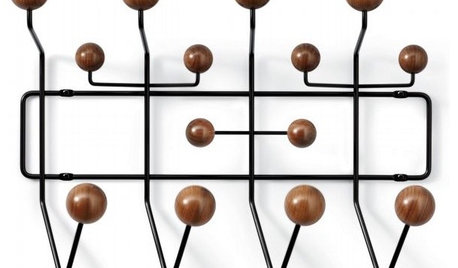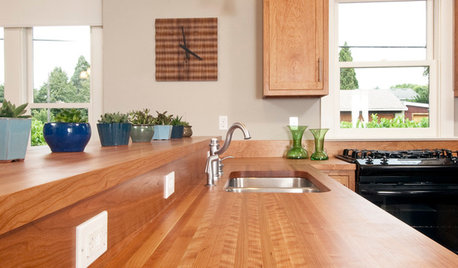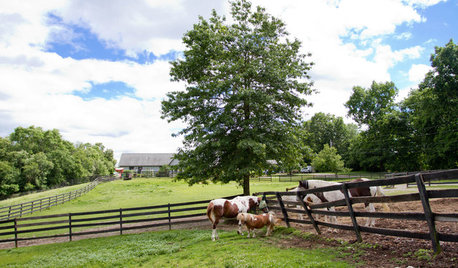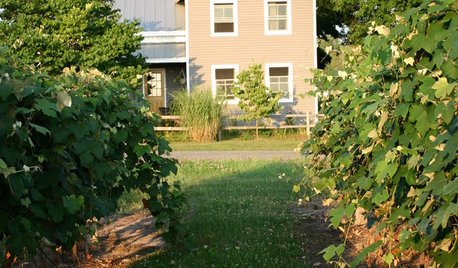Boga Tigris - an unusual Red-white x Bogota 2010 mix
hippiezep
11 years ago
Related Stories

KITCHEN DESIGNUsing White Marble: Hot Debate Over a Classic Beauty
Do you love perfection or patina? Here's how to see if marble's right for you
Full Story
40 Stylish Gifts for Modern Men
Houzz Gift Guide 2010: What to Buy for the Guy Who Has (Almost) Everything
Full Story
KITCHEN DESIGNWonderful Wood Countertops for Kitchen and Bath
Yes, you can enjoy beautifully warm wood counters near water sans worry (almost), with the right type of wood and sealer
Full Story
KITCHEN DESIGNLove to Cook? We Want to See Your Kitchen
Houzz Call: Show us a photo of your great home kitchen and tell us how you’ve made it work for you
Full Story
MOST POPULAR33 Magic Household Cleaning Tips
Houzzers from around the world share their tips for transforming housework into child’s play
Full Story
HOUZZ TOURSHouzz Call: Show Us Your Farmhouse!
Bring on the chickens and vegetable patches. If your home speaks country, it might appear in a featured ideabook
Full Story
KITCHEN DESIGNHow to Find the Right Range for Your Kitchen
Range style is mostly a matter of personal taste. This full course of possibilities can help you find the right appliance to match yours
Full Story
ARTShow News: Rare Quilts Get Museum Time
See 6 intricate designs from a California exhibition and get tips for building your own quilt collection
Full StoryMore Discussions




sun_worshiper
dondeldux z6b South Shore Massachusetts
Related Professionals
Baltimore Landscape Architects & Landscape Designers · Horsham Landscape Architects & Landscape Designers · Saint Louis Park Landscape Architects & Landscape Designers · Arlington Landscape Contractors · Firestone Landscape Contractors · Santa Maria Landscape Contractors · Seven Hills Landscape Contractors · Wentzville Landscape Contractors · West Coon Rapids Landscape Contractors · Goldenrod Landscape Contractors · Rancho Cordova Swimming Pool Builders · South Riding Swimming Pool Builders · West Covina Swimming Pool Builders · Brentwood Los Angeles Outdoor Lighting & Audio Visual Systems · Brookhaven Outdoor Lighting & Audio Visual SystemshippiezepOriginal Author
blancawing
sun_worshiper
npublici